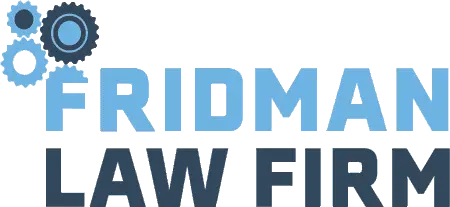The basics of the Section 1031 like-kind exchange
The Internal Revenue Service (IRS) allows real estate owners to exchange real property without having to take on tax liability. Section 1031 allows that tax-free like-kind exchanges are made in place of having to sell businesses and tangible assets. It’s necessary to qualify for 1031 property exchanges in New York by understanding the rules and regulations outlined in the tax code.
The purpose of a Section 1031 like-kind exchange
A like-kind exchange is the transfer of one asset for the acquisition of another without having to record a tax liability. The IRS allows you to exchange commercial real estate that is of the like-kind. This is defined as assets that are made and used for the same purposes but may differ in type or quality. An example is a portion of land that is exchanged for a building.
Internal Revenue Code Section 1031 states that taxpayers who make like-kind exchanges do not have to recognize them as gains or losses. However, if you receive other property that is not of the like-kind, you are required to recognize a gain but not a loss.
Under Section 1031, the like-kind exchange must involve real property only but not personal or intangible property. The rule applies to personal or intangible property that was exchanged or disposed of on or before December 31, 2017. However, the rule does not apply to real property that is being held by a dealer or developer or foreign real property that is being traded for American real property.
Learning how to conduct an IRS transaction
There are professionals, known as qualified intermediaries, who deal in 1031 exchanges according to the Internal Revenue Code. You can choose an intermediary to help you with your exchange of property or learn the rules to handle the process yourself. A 1031 property exchange is valuable only if the rules and regulations are followed exactly as outlined in the code.


